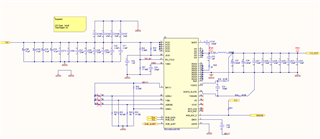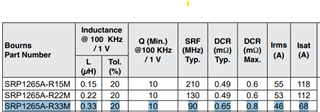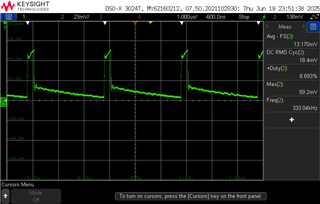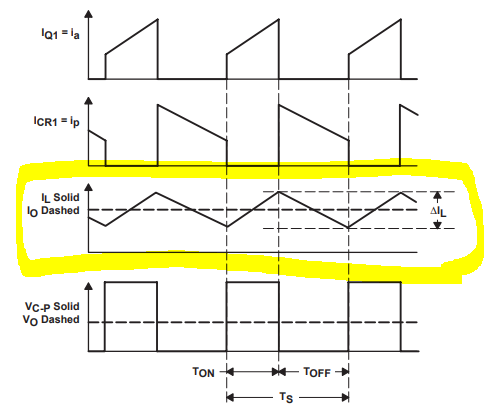Tool/software:
Hello,
I encountered an issue during the reading of the IOUT using the PMBUS. My circuit has a 15V input voltage, and when I read the IOUT using PMBUS, I get something around 47A. When the input voltage is changed to 5V, the reading is 20 A, which is what I am expecting. Is the READ_IOUT somehow related to the input voltage? Follow the circuit below:





